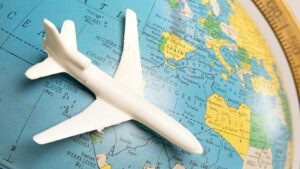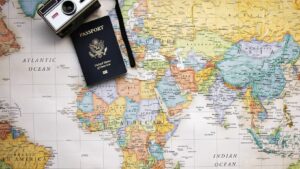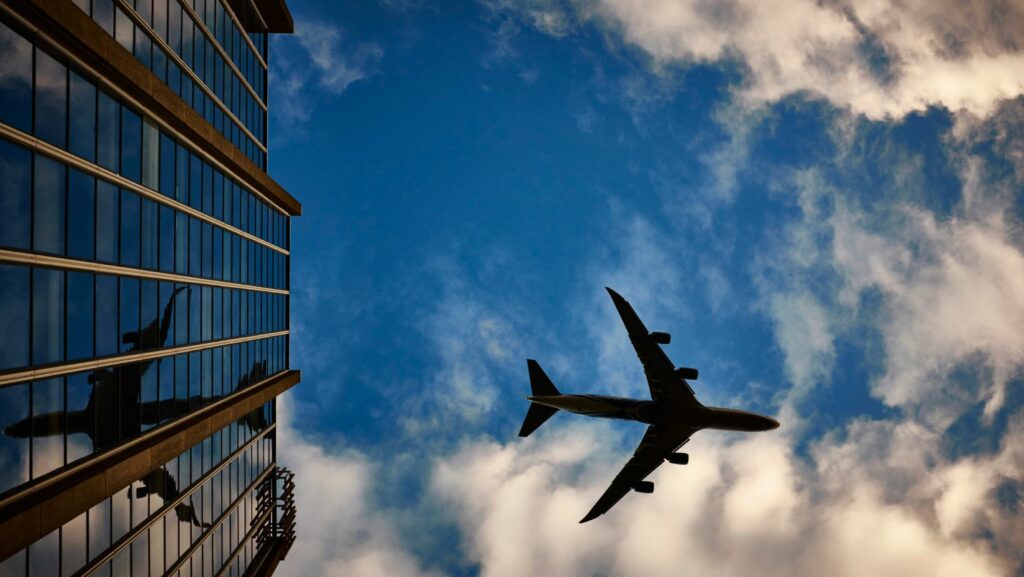This fascinating measure offers insights into our yearning to explore, to venture into the unknown, and to immerse ourselves in diverse cultures. It’s not just about the miles traveled, but the richness of experiences gained.
In the upcoming sections, we’ll delve deeper into the concept of the wanderlust metric, its significance, and how it’s reshaping our understanding of travel. Stay tuned for an enlightening journey that’ll take you beyond the conventional parameters of exploration.
Wanderlust Metric
Decoding the wanderlust metric involves diving deeper into what it encapsulates, and where it’s rooted. Let’s delve further into this fascinating theory.
What Is Wanderlust Metric?

Wanderlust metric, holds a special place in the realm of modern travel. Instead of purely counting miles journeyed, it commemorates the richness of experiences savored. For instance, cultures embraced, new cuisines tried or rare species sighted quantify this metric, exemplifying its emphasis on experiential, rather than physical, travel. The idea of the wanderlust metric unveiled itself amidst the changing landscape of the travel industry. People sought to quantify their travel experiences beyond mere distances, creating this metric. In the 1960s, as global travel gained momentum, the metric found acceptance. Tourists increasingly focused on the experiential aspect, marking the birth of the wanderlust metric.
Significance of Wanderlust Metric
A keen understanding of the wanderlust metric furthers comprehension of its importance within the realm of travel. This section unravels the benefits and implications of this concept.
How Wanderlust Metric Connects Travelers to Destinations

The wanderlust metric ties travelers intimately to their chosen destinations. Its quantification is not by sheer distance, but rather by immersive experiences. As explorers engage with local traditions, savor native cuisines, and absorb the hum of everyday life, this metric increments. Take for example an individual voyaging to Japan. Immersing himself in a traditional tea ceremony and devouring sushi at Tokyo’s Tsukiji Market would boost his wanderlust metric. Sustainable travel takes prominence through the lens of the wanderlust metric. It promotes mindful travel, encouraging visitors to respect and preserve the places they visit. This is seen in many instances. People trekking in the Amazon rainforest, for instance, would increase their wanderlust metric by observing wildlife, not disturbing it. Similarly, a cultural aficionado exploring Myanmar’s temples would do so respectfully, mindful of the nation’s traditional customs. Thus, the wanderlust metric is an effective tool, encouraging sustainable and responsible tourism.
Analyzing Wanderlust Metric Parameters
Delving deeper into the Wanderlust Metric, the following discussion explores two of its core parameters: Travel Frequency and Cultural Exposure. These integral aspects play fundamental roles in shaping the overall rating of a traveler’s experiences.
The Role of Travel Frequency in Wanderlust Metric

Travel frequency, the first parameter, directly influences the wanderlust metric. Frequent travelers tend to accumulate more diverse experiences, given their exposure to various cultures, cuisines, and environments. Consider a traveler who visits seven different destinations in a year, for instance. Their wanderlust metric is notably higher as each trip provides distinctive experiences – from a Mediterranean cruise relishing Greek cuisine to a mountaineering adventure in the Himalayas. Travel frequency, therefore, is a significant driver of the wanderlust metric, contributing to a richer spectrum of travel experiences.Equally pivotal to the wanderlust metric is cultural exposure. It’s not about the distance covered, but the depth of cultural immersion. The degree to which a traveler ingests and appreciates a culture significantly affects his wanderlust metric.

